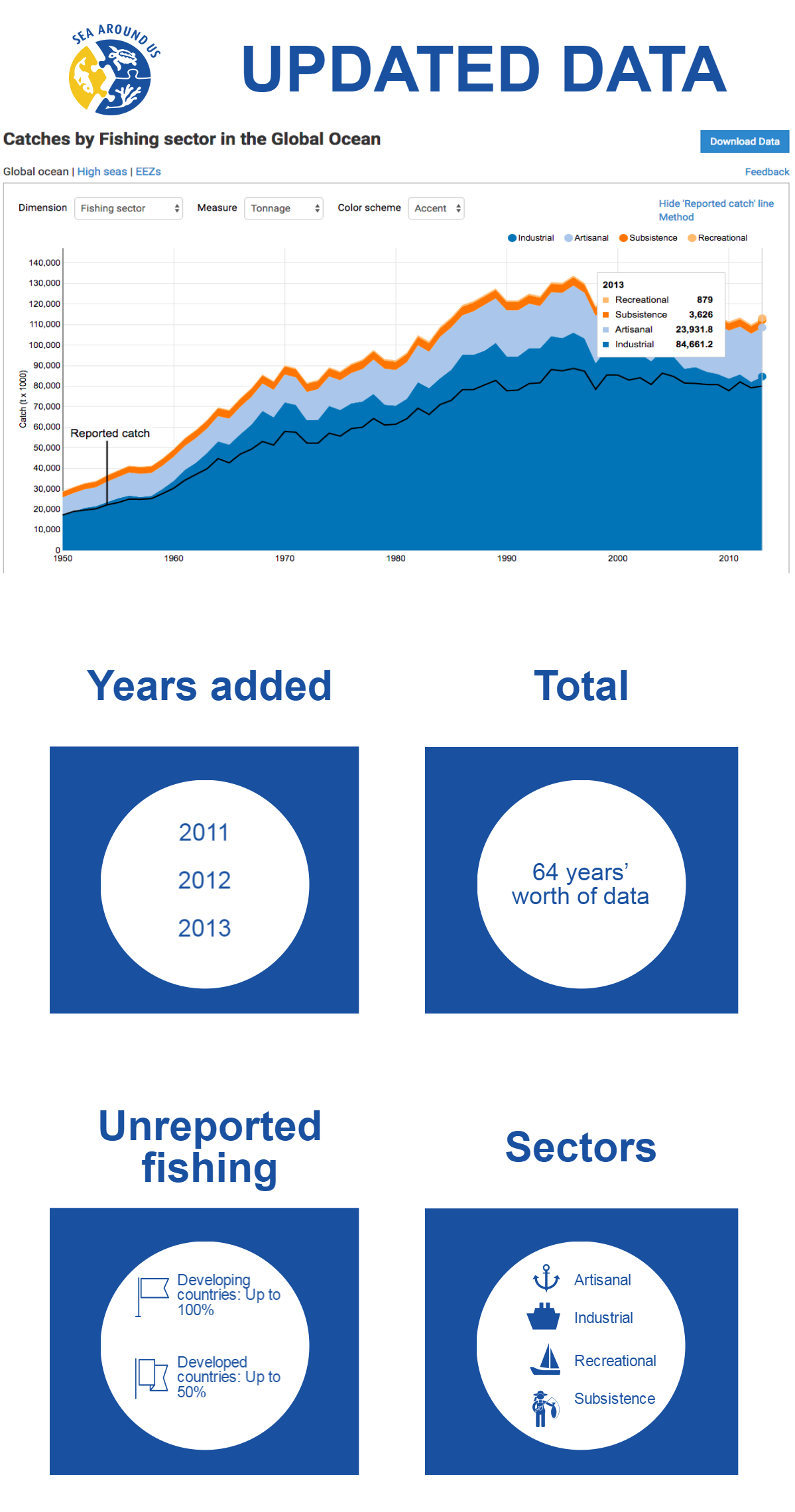
Tuesday, February 21, 2017 was a great day for the Sea Around Us’ postdoctoral fellow Lucas Brotz.
During the celebration of the 22nd Annual Coastal Ocean Awards, the Vancouver Aquarium presented Lucas with the Michael A. Bigg Award for student research “for his exceptional contributions to the understanding of jellyfish in waters around the world.” Specifically, judges were impressed with his global catch reconstruction of jellyfish as food for humans.
For Lucas, this honour closes with a flourish a decade’s worth of work under Daniel Pauly’s guidance and, at the same time, opens up new opportunities to continue exploring the almost uncharted world of jellyfish.
LISTEN to Lucas explaining the “shocking findings” regarding the amounts of jellyfish people eat worldwide.





